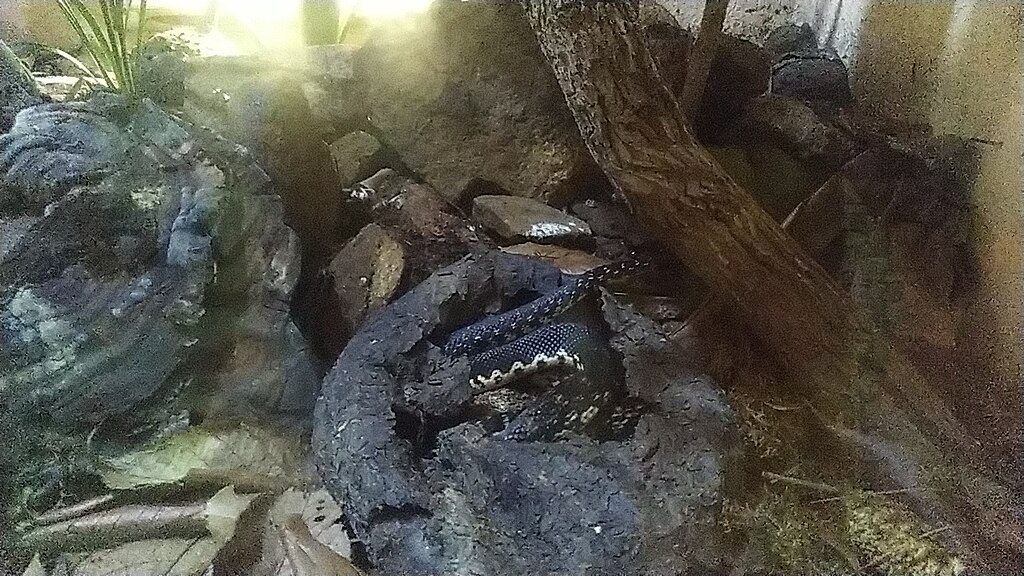Hiking and camping in wilderness areas offer incredible opportunities to connect with nature, but these activities also bring visitors into the domain of wild animals, including snakes. While most snakes avoid human contact, encounters can occur, potentially leading to dangerous situations. Creating snake-proof hiking trails isn’t about eliminating these important ecological players, but rather about managing the environment to minimize unwanted encounters and protect both humans and snakes. This comprehensive guide explores practical strategies for making hiking trails safer for campers while respecting the natural habitat of these fascinating reptiles.
Understanding Snake Behavior in Wilderness Areas
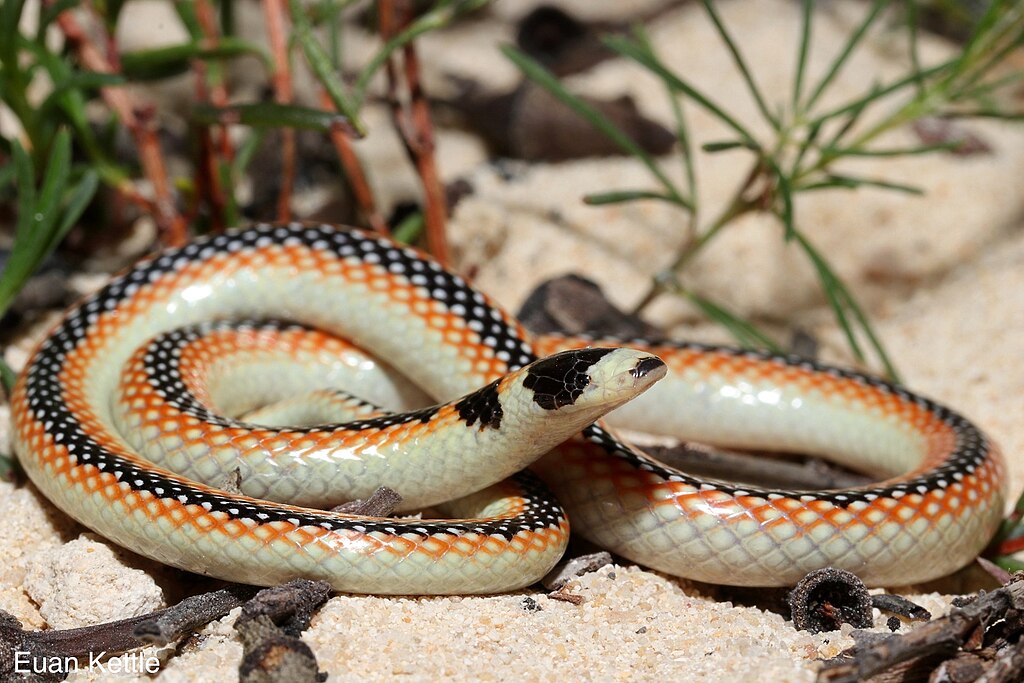
Snakes are generally shy creatures that prefer to avoid human interaction whenever possible. Most species will sense approaching hikers through ground vibrations and retreat long before humans arrive. Understanding their behavior patterns can significantly reduce risk factors on hiking trails. Snakes are ectothermic (cold-blooded), meaning they rely on external heat sources to regulate their body temperature, which explains why they’re often found sunning themselves on rocks or trails during cooler parts of the day. They typically seek shelter in rock crevices, fallen logs, dense vegetation, and abandoned animal burrows, making these areas potential hotspots for encounters. Knowledge of local snake species, their habitats, and activity patterns forms the foundation of any effective snake-proofing strategy.
Identifying Snake-Prone Areas Along Trails
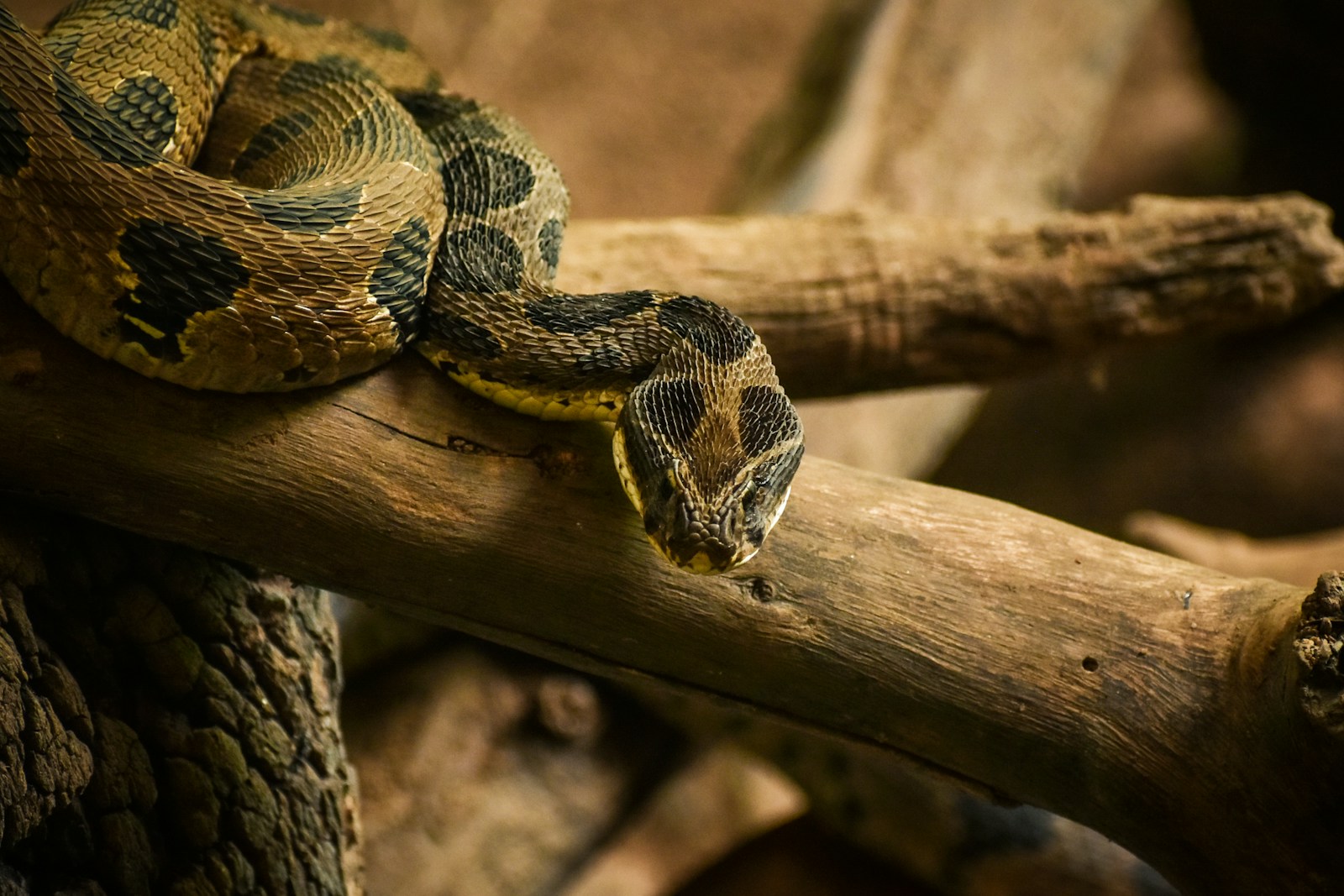
Before implementing any snake-proofing measures, trail managers must identify high-risk zones where snake encounters are more likely. South-facing rocky outcrops and slopes receive more sunlight and frequently attract snakes seeking warmth, especially in the morning hours. Areas with tall grasses, dense underbrush, or piles of debris provide excellent hiding spots for snakes hunting prey or seeking protection. Water sources like streams, ponds, and seasonal wetlands attract both snakes and their prey, increasing the likelihood of encounters. Trail sections that cross through these habitats should be carefully assessed and prioritized for snake management strategies. Seasonal patterns also matter—snakes are typically more active during spring when emerging from hibernation and during fall when seeking winter dens.
Trail Design Modifications to Reduce Snake Encounters
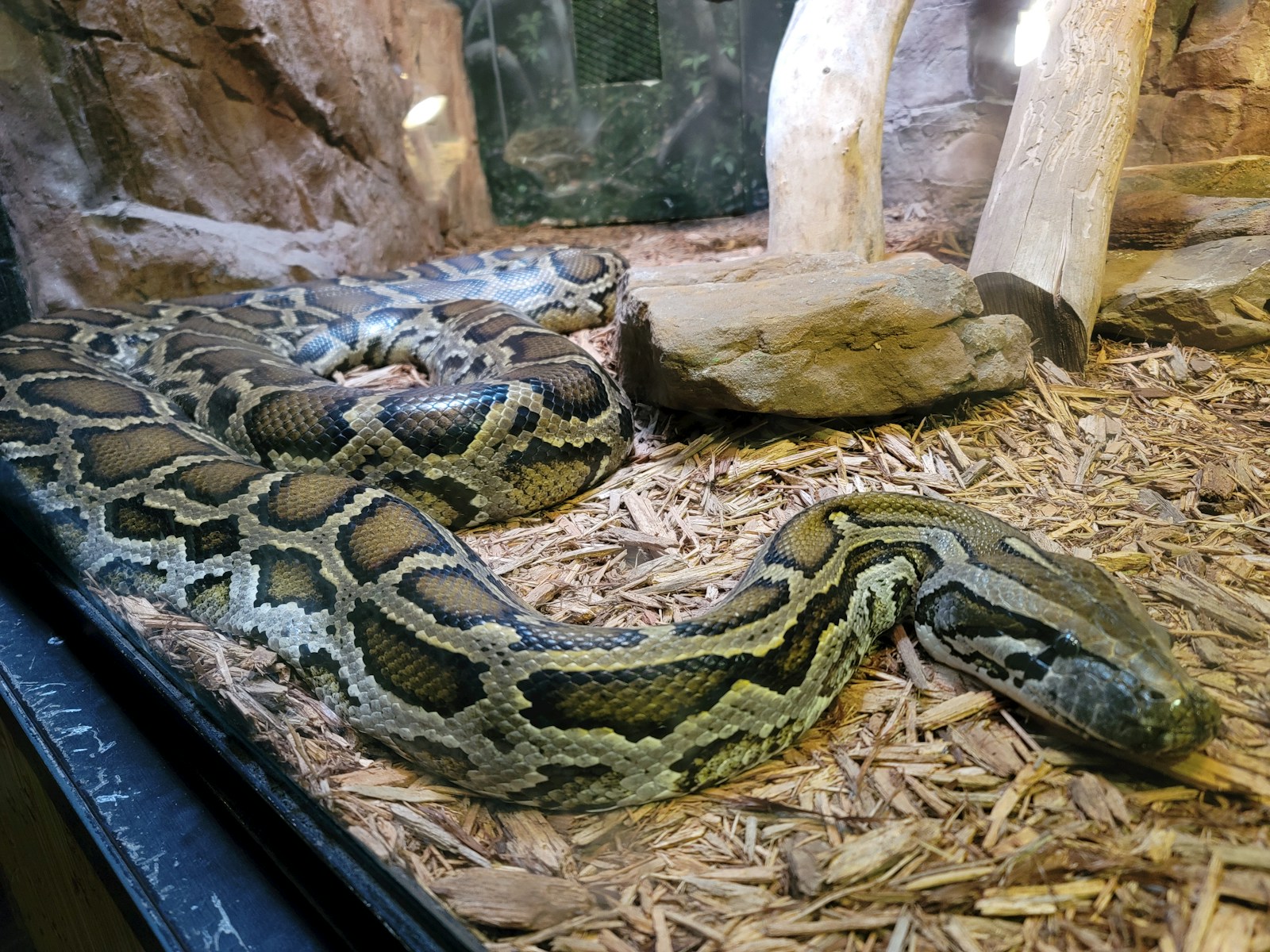
Thoughtful trail design can significantly reduce snake-human interactions without disrupting wildlife. Creating wider trail corridors of at least 6-8 feet provides better visibility for hikers and more time for snakes to detect approaching humans and retreat. Elevating boardwalks through particularly snake-rich habitats creates physical separation between hikers and ground-dwelling reptiles. Strategically placing the trail to avoid known snake concentration areas, such as hibernacula (winter dens) or prime basking locations, can prevent frequent encounters. Regular maintenance to remove fallen logs and debris from the immediate trail vicinity eliminates potential snake shelters without destroying habitat beyond the trail corridor. These design considerations balance human safety with ecological preservation, ensuring trails remain enjoyable for visitors while minimizing wildlife disturbance.
Vegetation Management Strategies
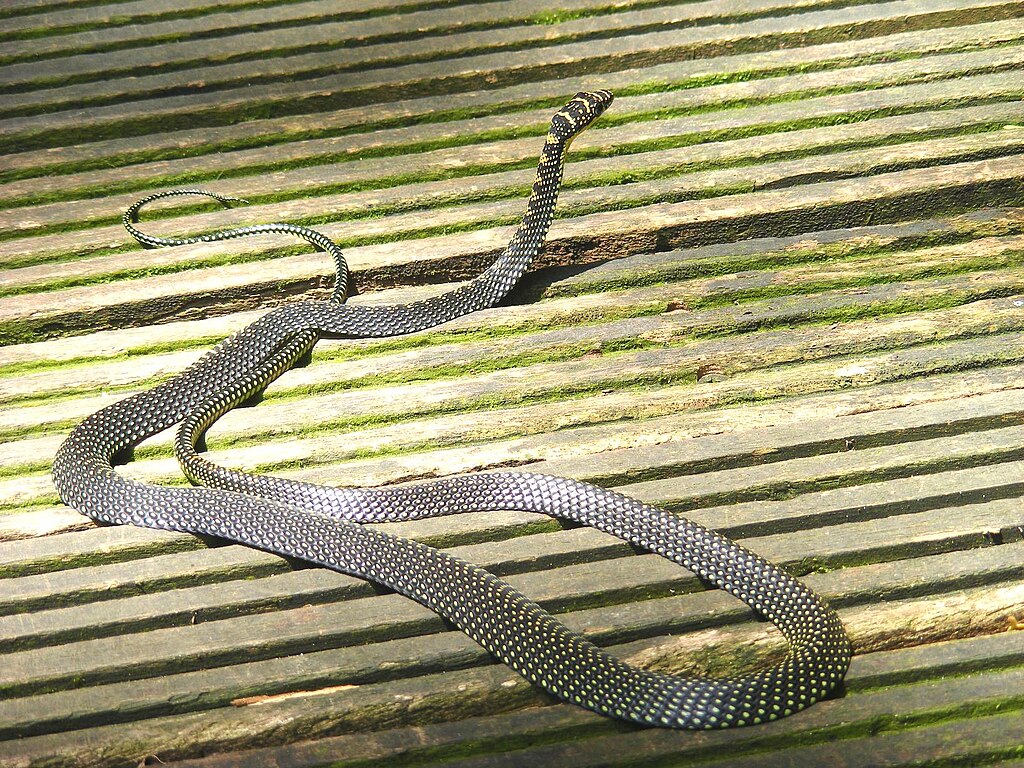
Proper vegetation management creates a less hospitable environment for snakes directly alongside trails without damaging the broader ecosystem. Maintaining a cleared buffer zone of 3-5 feet on each side of the trail reduces cover for snakes and improves visibility for hikers. Regular trimming of grass and underbrush to a height of less than 6 inches in these buffer zones removes hiding spots while preserving the natural character of the area. Avoid creating brush piles near trails during maintenance activities, as these become perfect snake habitats; instead, distribute cuttings widely throughout surrounding areas or remove them completely. Native groundcovers that don’t grow tall can be introduced to prevent erosion while maintaining visibility. Remember that complete vegetation removal is neither necessary nor ecologically sound—the goal is strategic management in key areas rather than habitat destruction.
Rodent Control as Indirect Snake Management
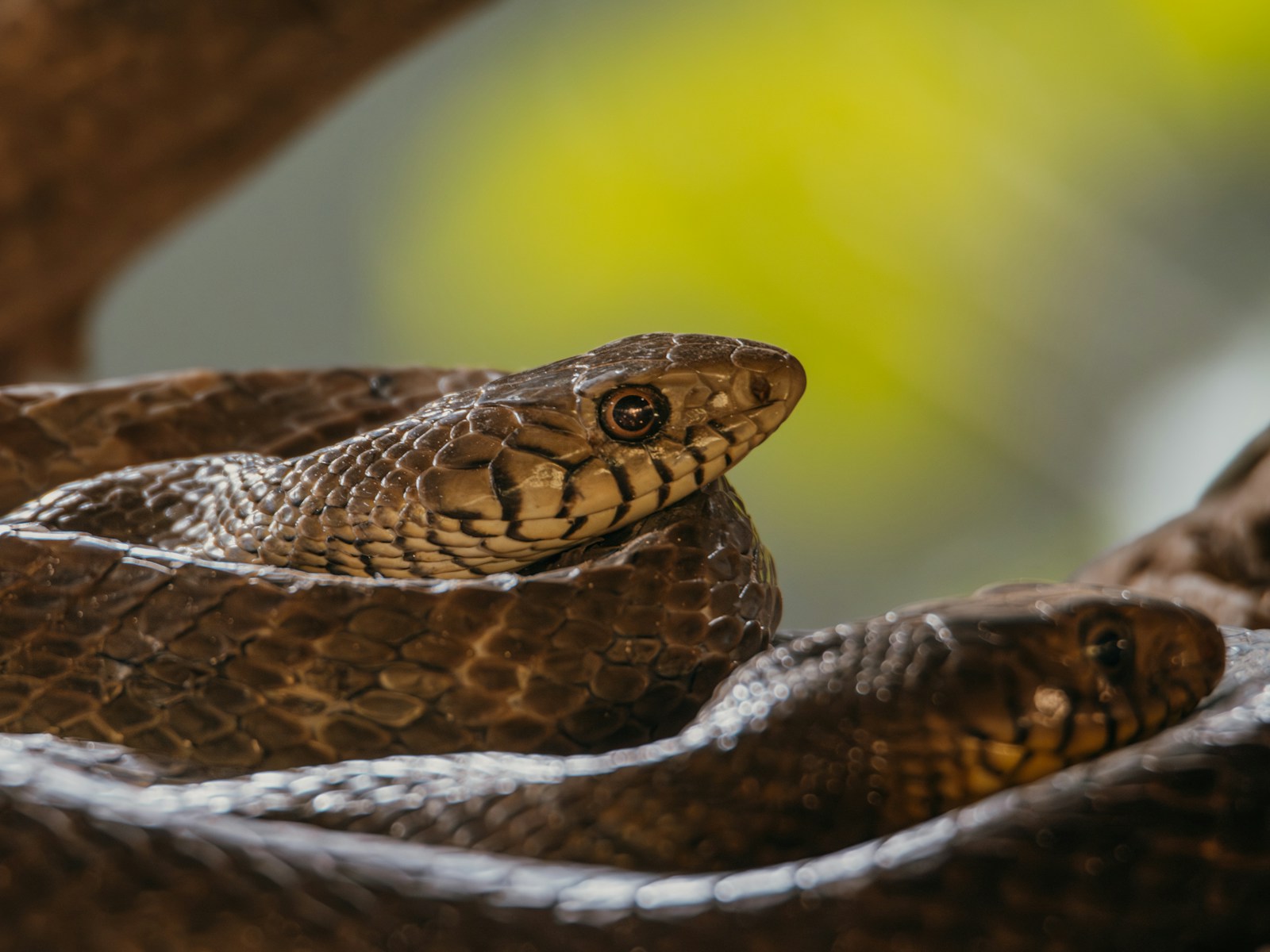
Snakes follow their food sources, so managing rodent populations near camping areas and trailheads can indirectly reduce snake presence. Proper waste management is crucial—secure trash receptacles with tight-fitting lids prevent rodents from accessing food scraps that would otherwise sustain their populations. Regular maintenance of facilities to eliminate spaces where rodents might nest, such as gaps in structures or piles of materials, further discourages their presence. For persistent rodent issues in developed camping areas, consider installing owl boxes to encourage natural predators that compete with snakes for the same food sources. These ecological approaches to rodent management create a natural balance that may reduce snake activity without requiring direct intervention with the snakes themselves.
Installing Snake Barriers at Critical Points
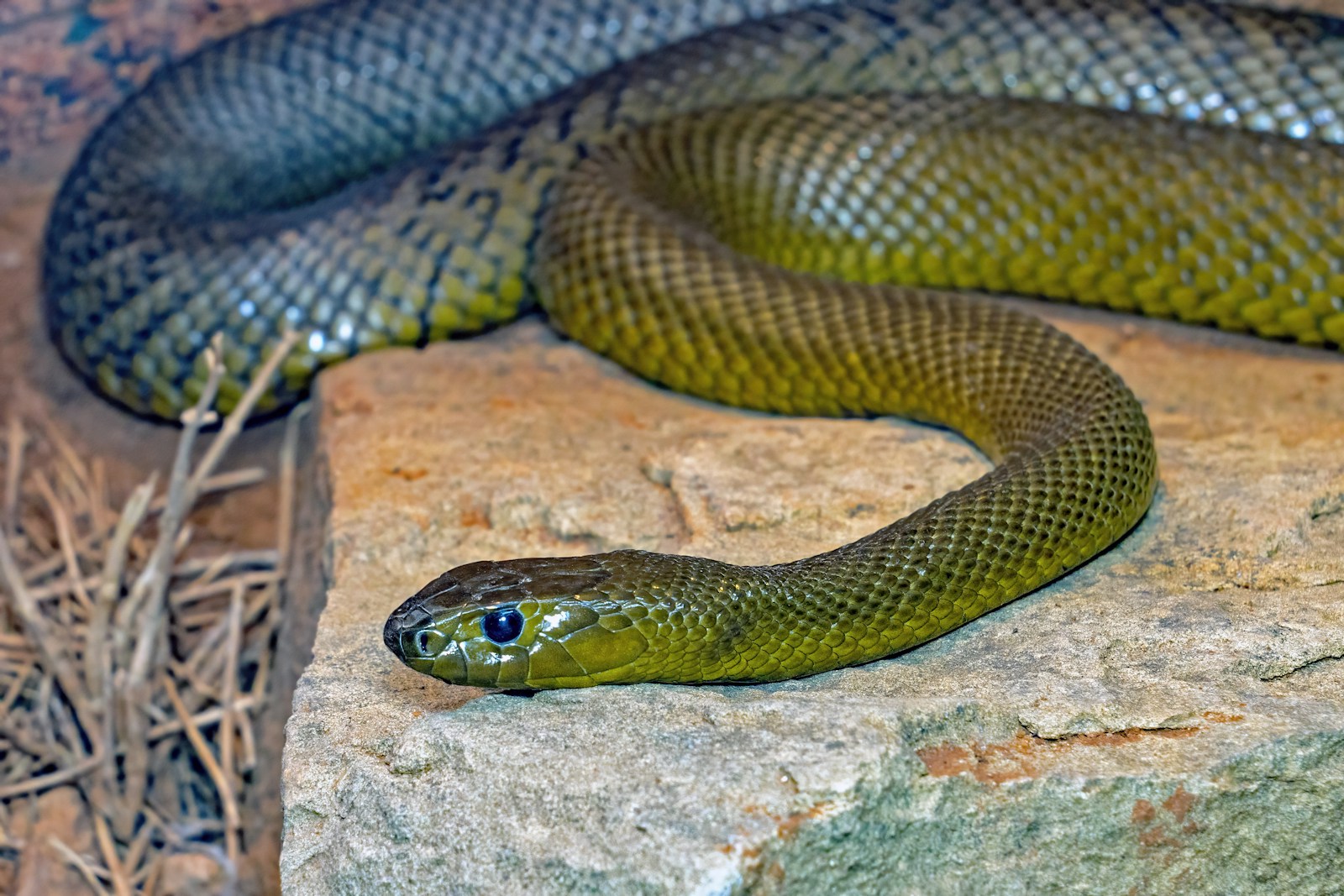
In high-use areas like campgrounds, picnic areas, and trailheads, physical barriers can provide additional protection against snake encounters. Snake fencing consists of fine mesh material buried at least 6 inches into the ground and extending 30 inches above ground, angled outward at the top to prevent snakes from climbing over. These barriers work best for defined spaces rather than entire trail systems, making them ideal for protecting developed facilities. Hardware cloth or similar materials can be used to snake-proof the underside of elevated structures like cabins, outhouses, or storage buildings where snakes might otherwise seek shelter. One-way gates can be incorporated into snake fencing to allow snakes that inadvertently enter the protected area to exit but not return. While effective, these barriers require regular inspection and maintenance to repair breaks or deterioration that would compromise their effectiveness.
Creating Safe Camping Areas
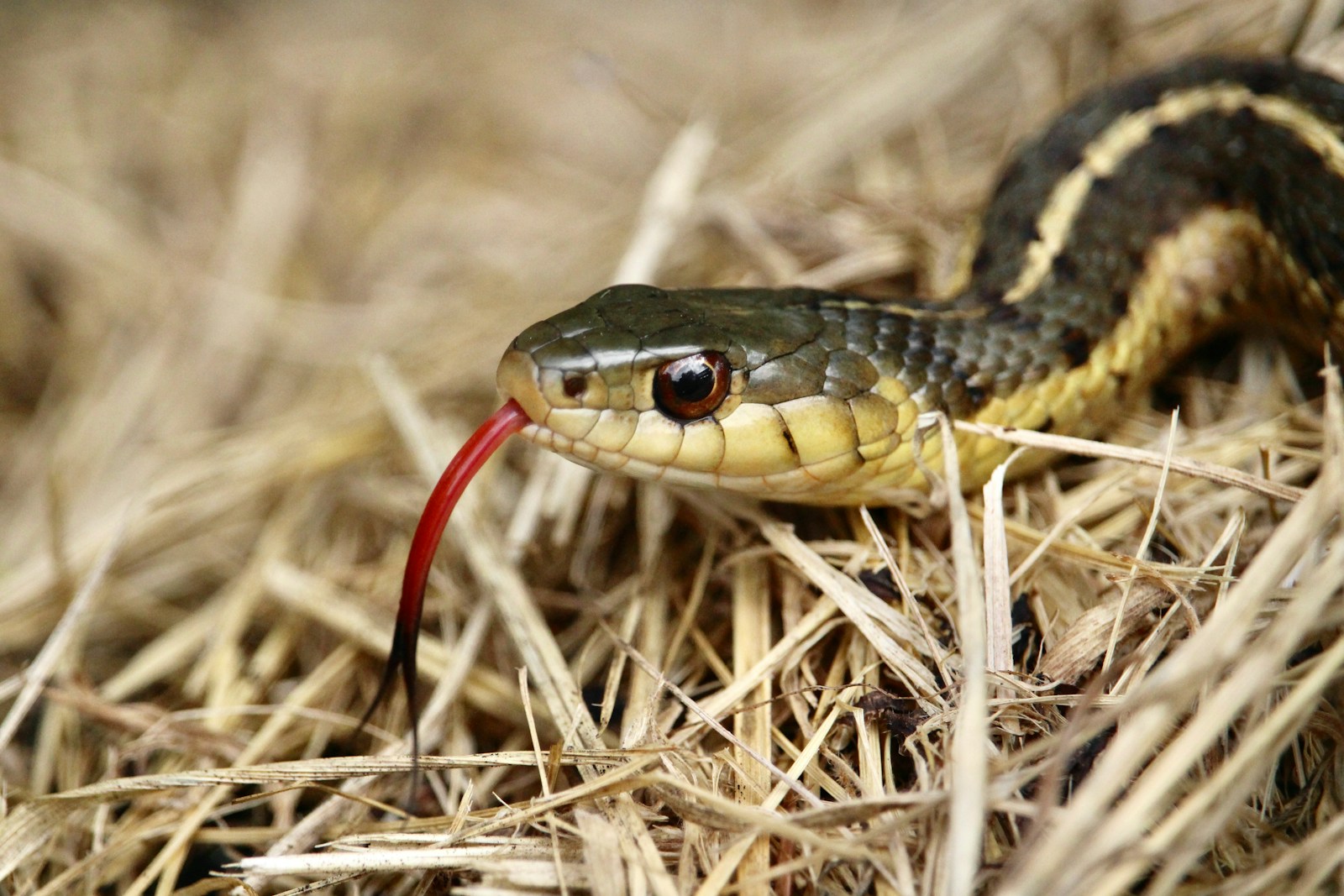
Designated camping areas can incorporate several snake-deterrent features to create safer spaces for overnight visitors. Gravel or crushed stone pads for tent sites provide less appealing surfaces for snakes compared to natural ground and make snake movement more detectable. Camping platforms raised at least 12 inches off the ground create physical separation between sleeping campers and ground-dwelling wildlife. Clear zones around fire rings, picnic tables, and cooking areas improve visibility and reduce the chances of surprise encounters during evening activities. Proper lighting for nighttime bathroom trips helps campers spot potential snake hazards, as many snake species are more active during twilight and nighttime hours. These modifications make camping areas less attractive to snakes while enhancing visitor comfort and safety.
Educational Signage and Visitor Information
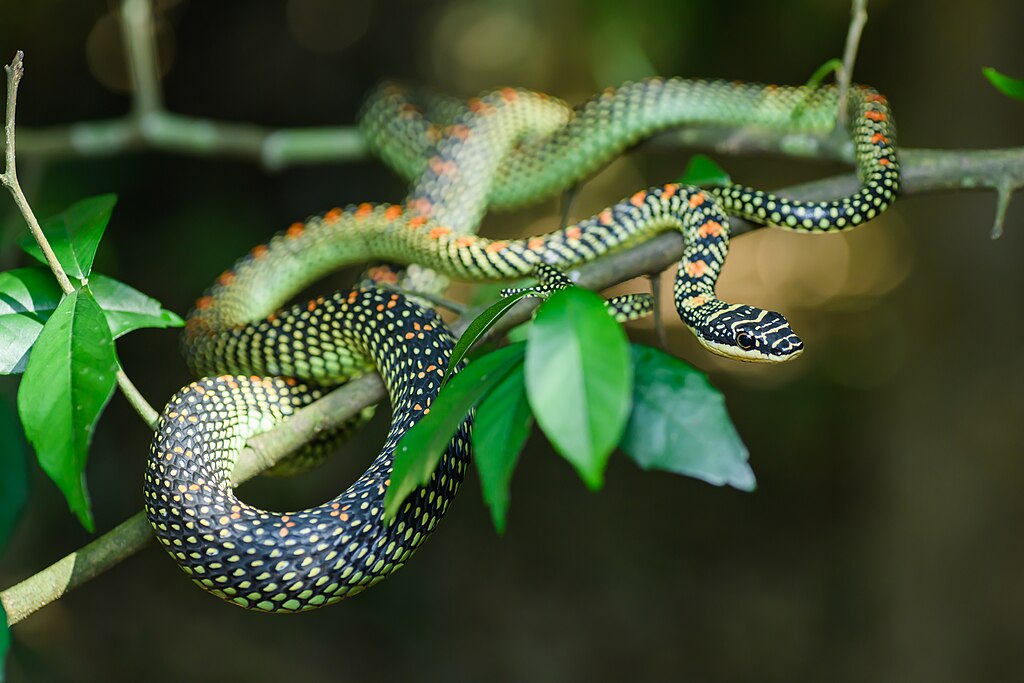
Education forms the cornerstone of any successful snake management program for hiking trails. Interpretive signs at trailheads should include images of local snake species, highlighting which ones are venomous and which are harmless, helping visitors identify what they might encounter. Clear information about snake behavior, such as explaining that snakes are generally non-aggressive unless threatened, can reduce unnecessary fear and inappropriate reactions during encounters. Practical guidance like staying on designated trails, watching where hands and feet are placed, and using hiking poles to probe vegetation before stepping through it empowers visitors to reduce their own risk. Trail maps can indicate sections with higher snake activity based on habitat or seasonal factors, allowing hikers to exercise additional caution in these areas. Well-informed visitors are more likely to respect wildlife and respond appropriately if encounters occur.
Seasonal Considerations for Snake Activity
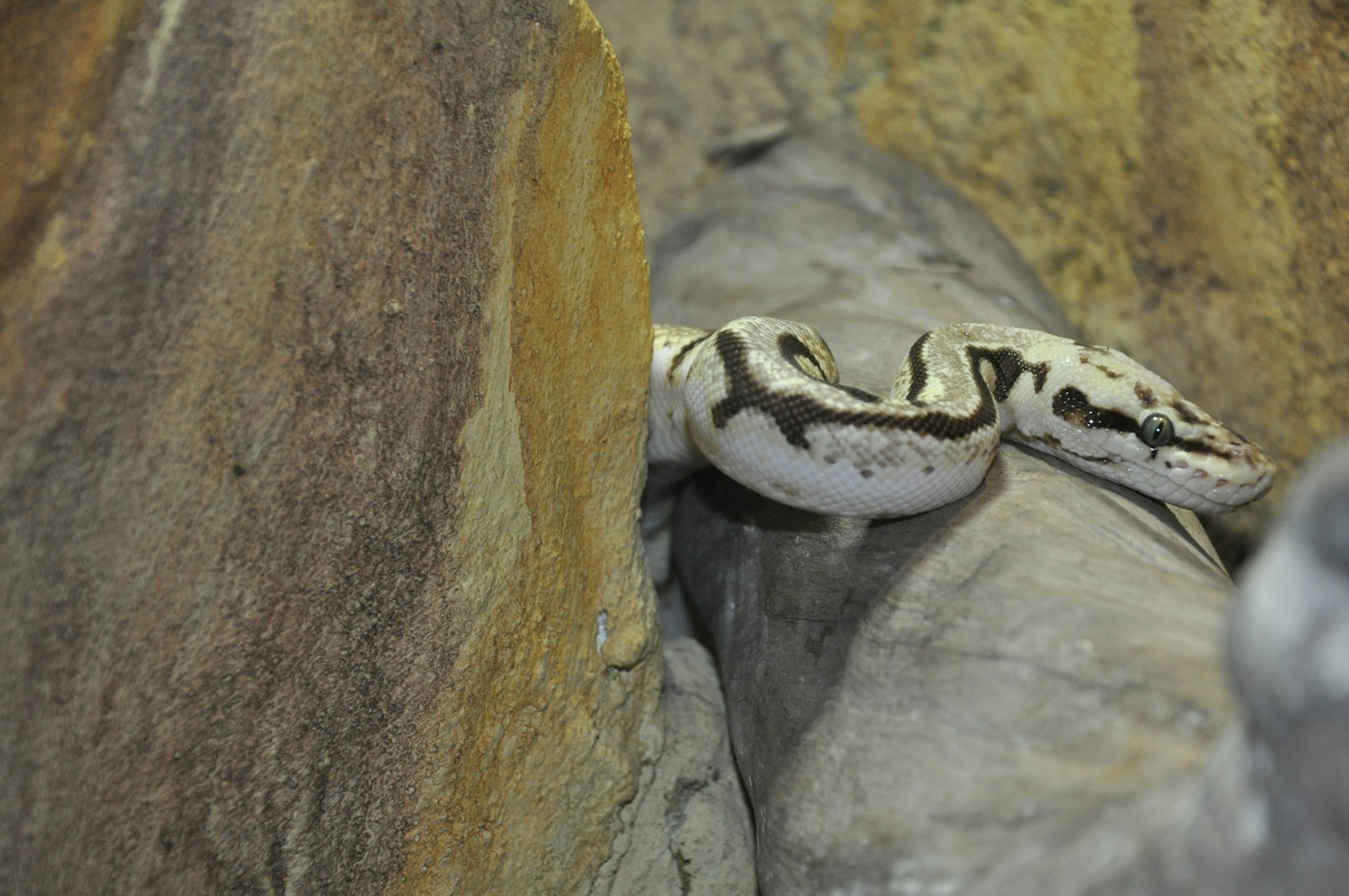
Snake activity varies significantly throughout the year, requiring adaptive management approaches for different seasons. Spring often brings increased snake activity as they emerge from hibernation seeking food and mates, making this a critical time for vigilance and visitor education. Summer heat typically drives snakes to be more active during early morning and evening hours, with many species seeking shade during peak daytime temperatures. Fall migration back to hibernation dens can create temporary concentrations of snakes in certain areas, warranting special attention to these corridors. Winter generally sees reduced snake activity in colder climates, providing an ideal time for trail maintenance work that might otherwise disturb snakes. Trail managers should time major habitat modifications to coincide with periods of lower snake activity whenever possible and adjust warning signage seasonally to reflect changing risk levels.
Emergency Response Planning for Snake Encounters

Despite preventative measures, snake encounters may still occur, making emergency preparedness essential for trail managers and campers alike. Develop and prominently post protocols for snake bite emergencies that include clear instructions to remain calm, immobilize the affected area, remove constrictive items like jewelry or tight clothing, and seek medical attention immediately. Ensure all park rangers or trail staff receive training in snake identification and appropriate first response to bite incidents. Maintain updated contact information for nearest medical facilities capable of treating venomous snake bites, including details about antivenin availability. Consider installing emergency call boxes at remote trailheads if cell service is unreliable, providing a critical communication link in case of wildlife emergencies. A well-organized response system can significantly improve outcomes in the rare event of a serious snake encounter.
Non-Lethal Snake Removal Techniques
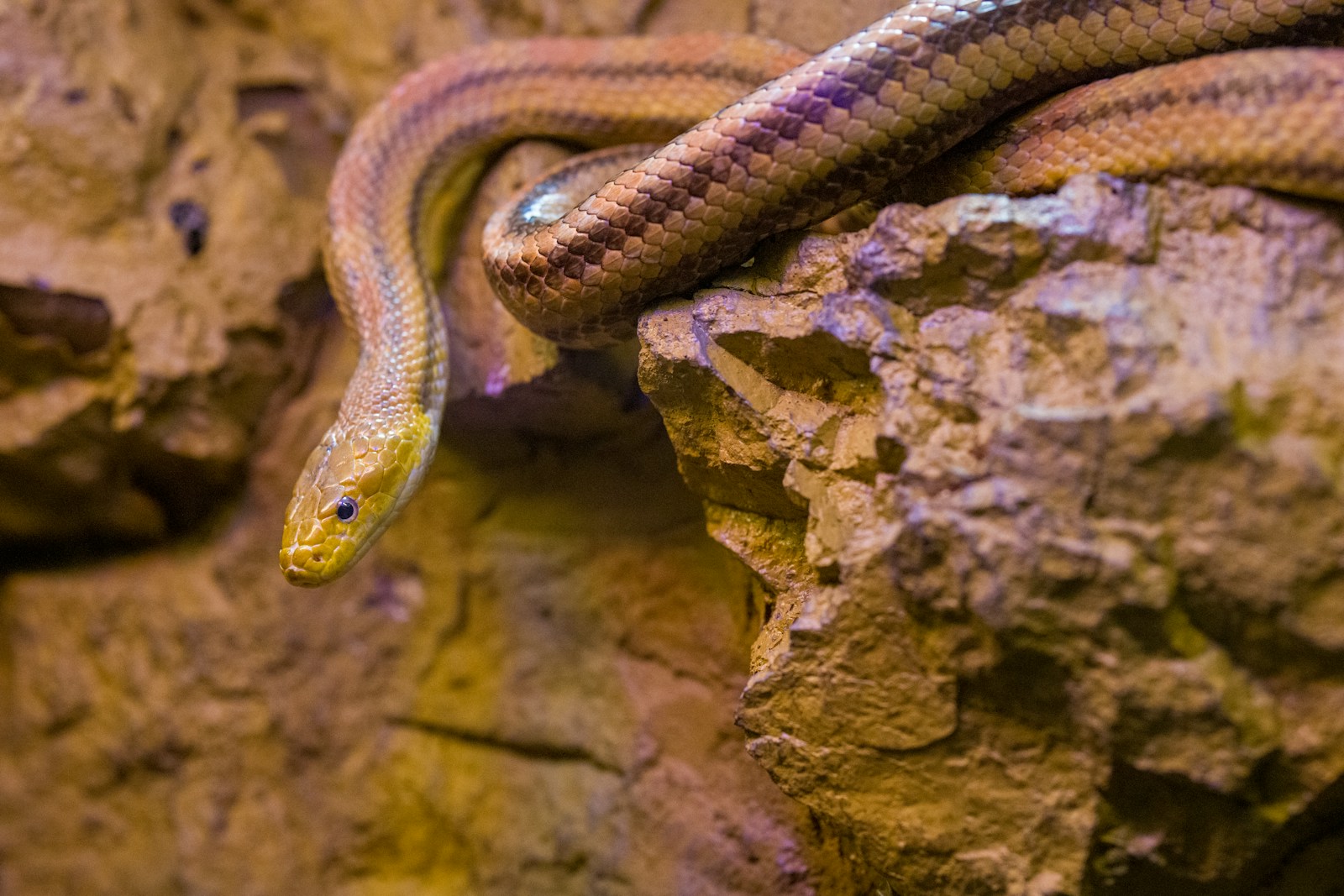
When snakes must be relocated from high-use areas, humane and effective removal methods should be employed by trained personnel. Snake tongs or hooks designed specifically for safely handling reptiles allow for proper control without harming the animal during capture and transport. Snake bags or secure containers provide safe temporary containment while moving the animal to a suitable release location at least half a mile away from capture in similar habitat. Documentation of all relocations, including species, size, condition, capture location, and release site, helps track patterns and evaluate management effectiveness. Never attempt to handle venomous species without proper training and equipment; in these cases, contact wildlife professionals with specialized experience. Remember that in many jurisdictions, handling native wildlife requires permits, so ensure all removal activities comply with local regulations.
Monitoring and Maintenance of Snake-Proofing Measures
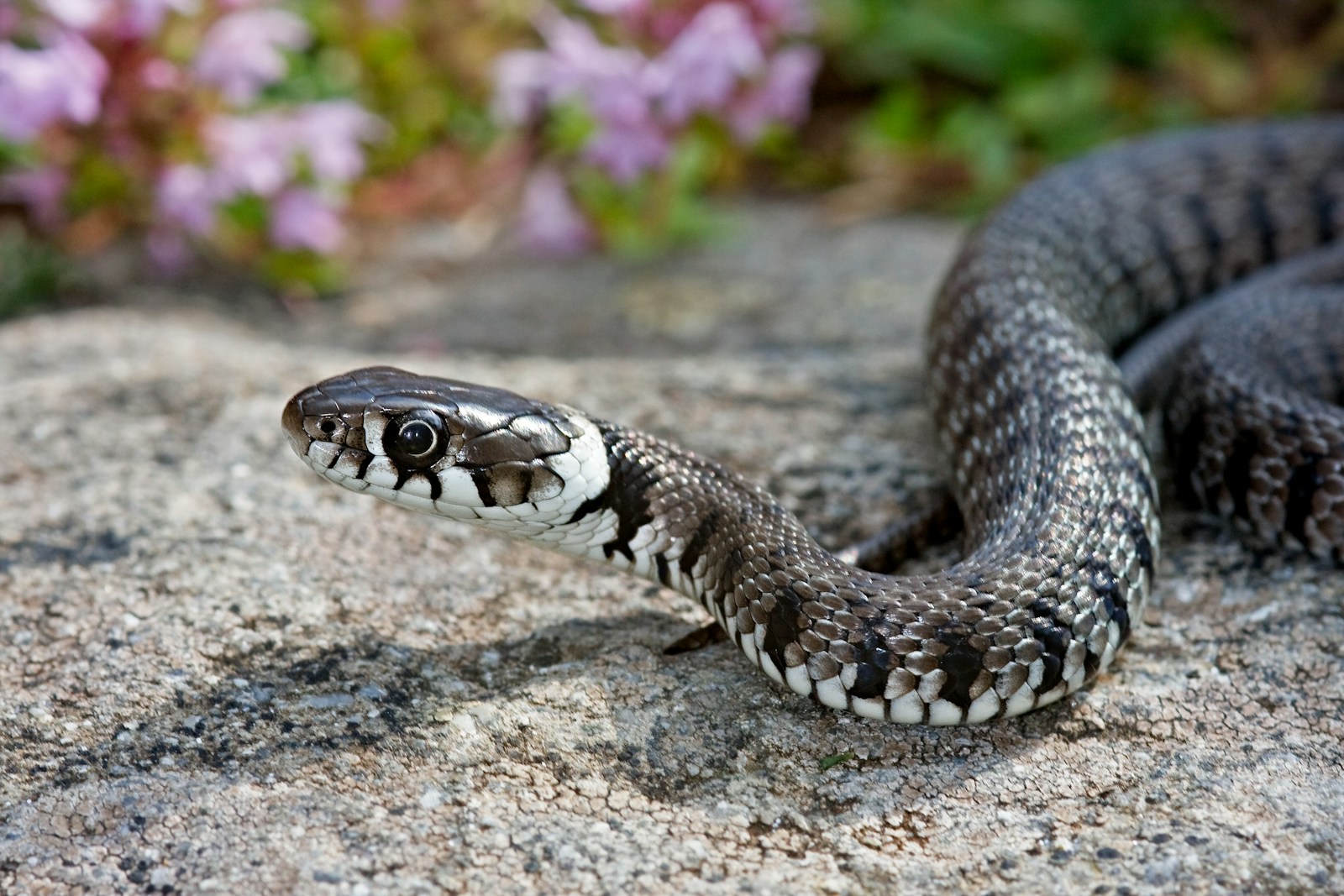
Even the best snake-proofing measures require ongoing attention to remain effective over time. Establish a regular inspection schedule for all snake barriers, checking for holes, deterioration, or areas where erosion might have compromised their integrity. Maintain vegetation management throughout the active season, as rapid growth can quickly create new hiding spots near trails, especially in humid or rainy climates. Document all snake sightings or encounters reported by staff or visitors, creating a database that helps identify patterns or areas requiring additional management. Conduct periodic nighttime surveys during warmer months using flashlights to locate nocturnal snake species and better understand their distribution and activity patterns. This adaptive management approach allows trail systems to respond to changing conditions and continuously improve safety measures based on actual data rather than assumptions.
Balancing Snake Management with Ecological Preservation
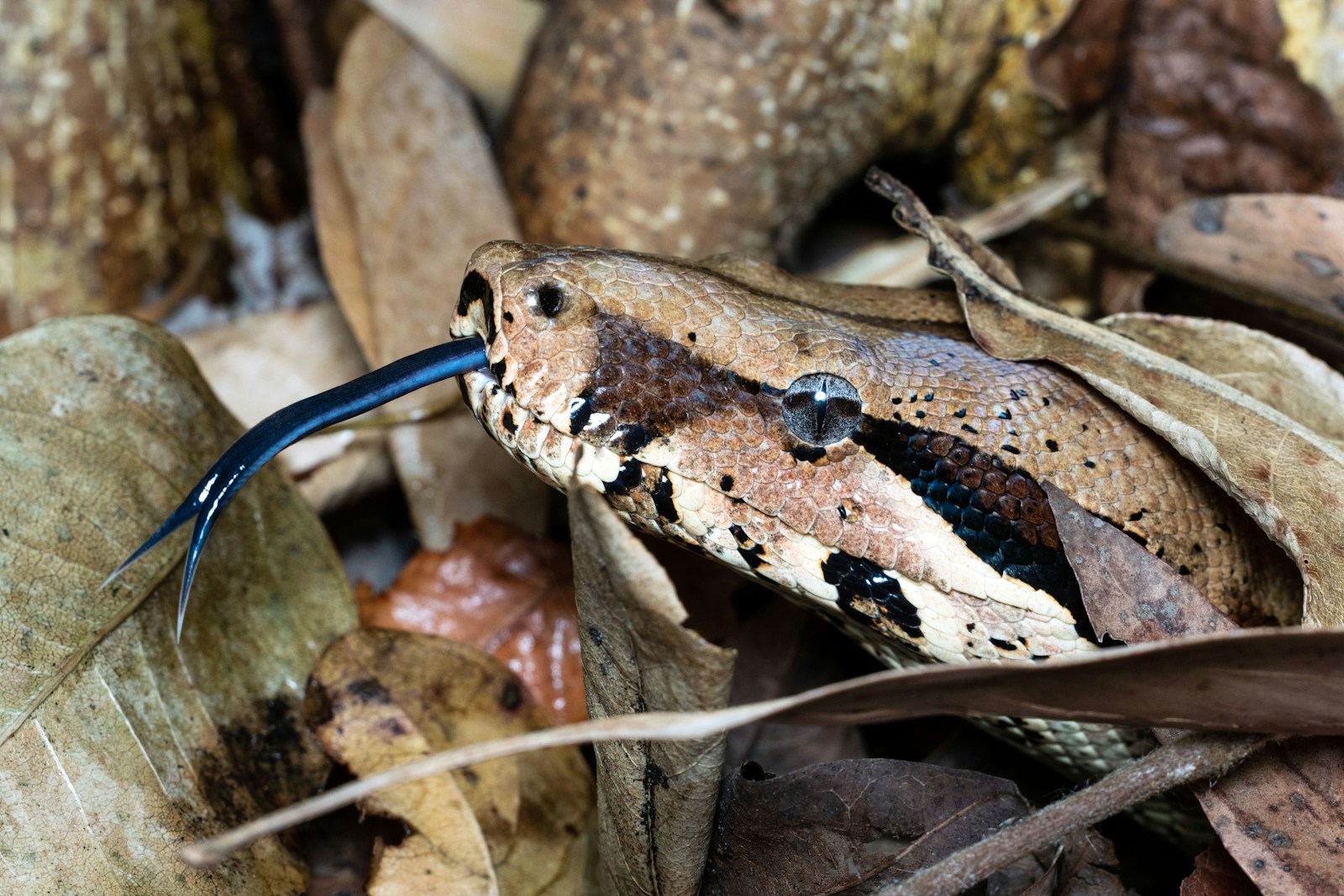
Effective snake management for hiking trails must always balance human safety with ecological integrity and wildlife conservation. Recognize that snakes play vital roles in controlling rodent populations and contributing to ecosystem health, making their complete removal ecologically undesirable and potentially counterproductive. Focus intervention efforts on specific high-use areas rather than attempting to eliminate snakes from entire wilderness regions. Choose methods that reduce encounters without harming snake populations, such as habitat modification rather than removal whenever possible. Consider the indirect effects of management actions on other wildlife species that might share habitats or ecological relationships with snakes. The most successful snake-proofing strategies protect human visitors while maintaining respect for the wilderness experience and the ecological communities that make natural areas worth visiting in the first place.
Conclusion

Creating snake-safe hiking trails involves a thoughtful combination of environmental management, visitor education, and infrastructure design. By understanding snake behavior and implementing targeted strategies in high-risk areas, trail managers can significantly reduce potentially dangerous encounters while preserving these reptiles’ important ecological role. Rather than attempting to eliminate snakes entirely—an ecologically harmful and practically impossible goal—the focus should remain on creating spaces where humans and snakes can safely coexist with minimal interaction. With proper planning, maintenance, and education, hikers and campers can enjoy wilderness experiences with greater confidence and safety, appreciating snakes as fascinating components of natural ecosystems best observed from a respectful distance.

